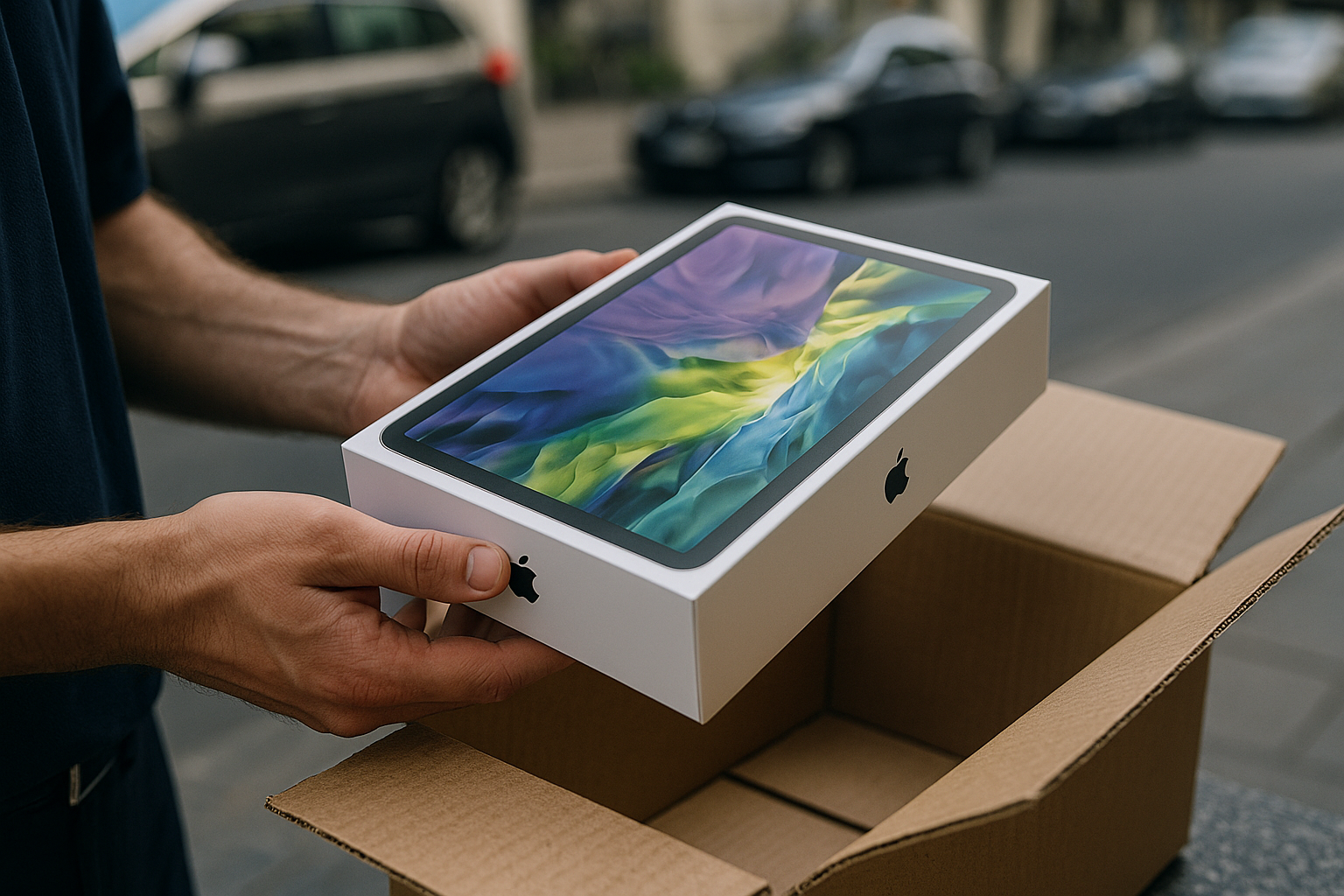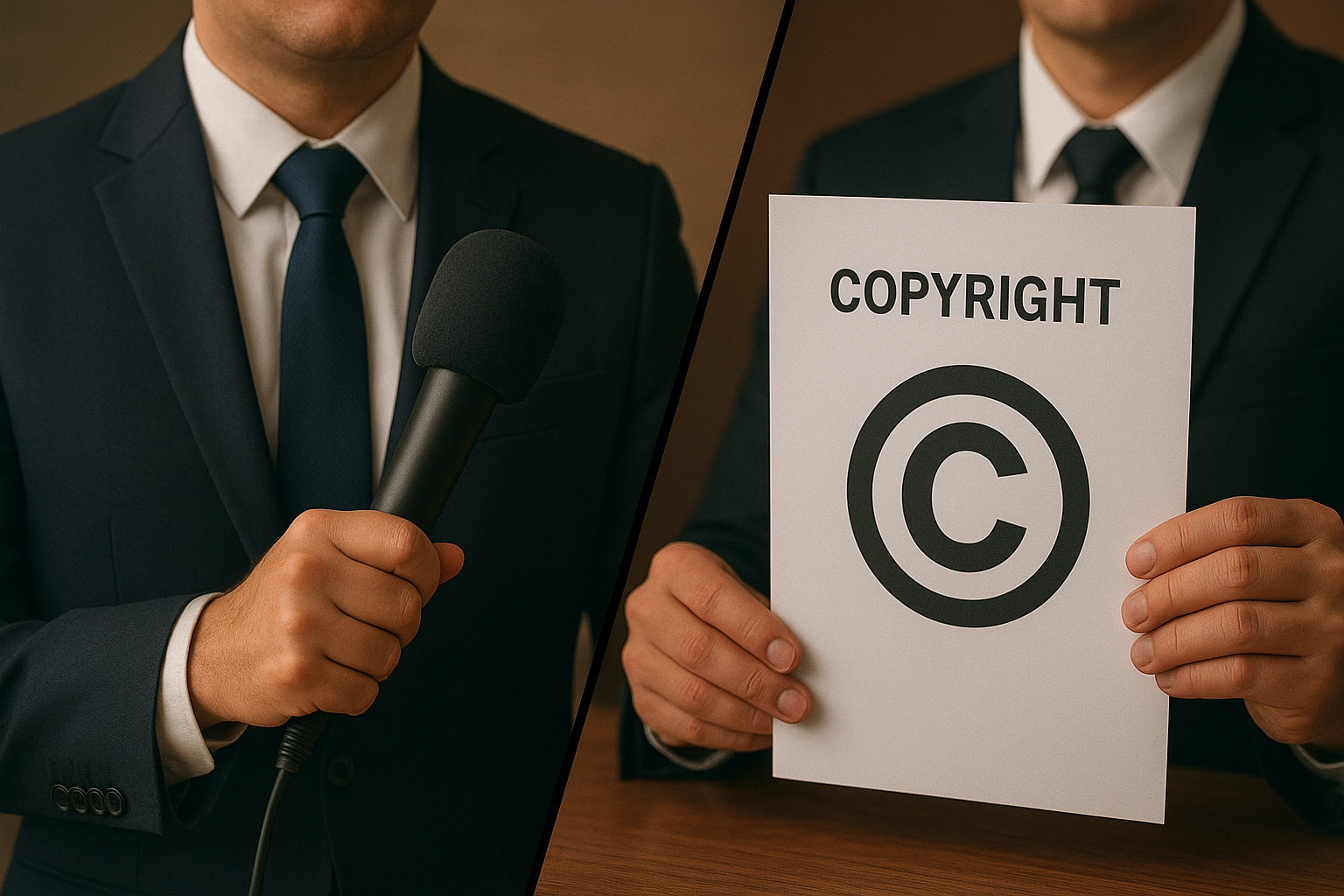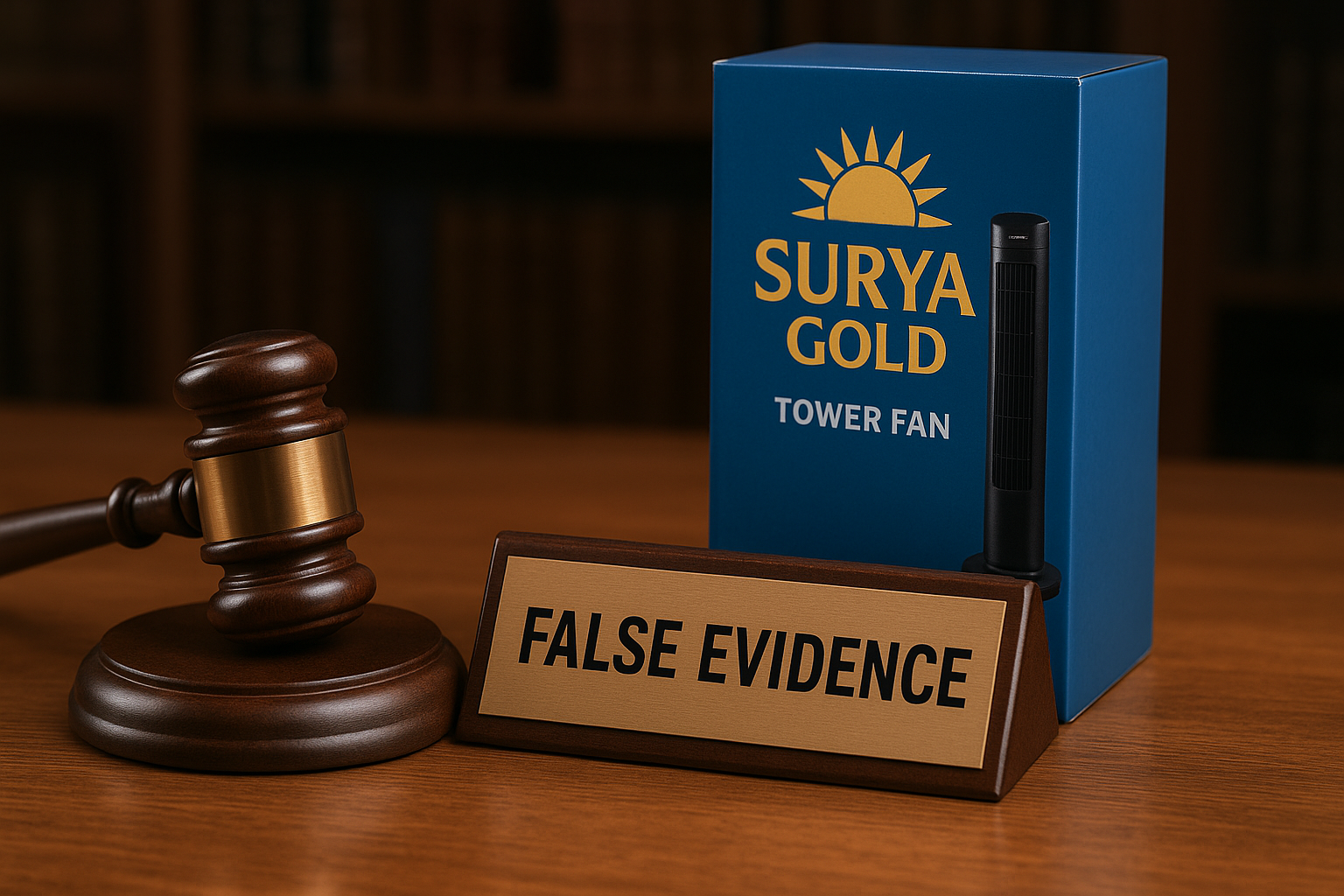
WHAT IS THE PARALLEL IMPORTS/GRAY MARKET GOODS:
A gray market, also known as a parallel market, is an unofficial channel for buying and selling products or securities outside of the manufacturer’s or authorized distributor’s network. This means these items are not sold through the official channels, but rather through alternative sources like unauthorized dealers or online marketplaces. Two main reasons give rise to the gray market:
Price differences: The same product might be sold for less in one country compared to another due to different tax policies, tariffs, or local pricing strategies. Retailers may take advantage of these price differences and import the goods to sell at a profit.
Product Availability: Sometimes, a product is only available in specific regions, but consumers want it elsewhere, so they buy it through parallel imports.
UNDERSTANDING THE GRAY MARKET:
The gray market refers to the buying and selling of goods through unauthorized channels, typically outside of official distribution networks. These products are often imported from one country to another to take advantage of price differences and are sold in a market where they are not officially authorized by the manufacturer. Gray market goods can include a wide range of products, from electronics and luxury items to pharmaceuticals and car parts. However, buying these products can come with risks. For example, manufacturers often don’t provide warranties or customer support for gray market items, and in some cases, the goods might not meet local safety standards or regulations. In addition, while gray market goods are not necessarily counterfeit, there’s always a potential risk of receiving subpar or fake items. Products might be cheaper in one country due to factors like lower taxes, production costs, or local market conditions, prompting sellers to import those goods into a country where they are more expensive. This allows sellers to profit from the price gap between markets. A real-life example could be a popular electronic brand that is much cheaper in one country compared to another. An importer buys the product from the cheaper market and sells it in the higher-priced market. While this benefits the buyer with a better deal, it could leave them with no warranty or support from the brand, especially if any issues arise.
WHEN IS ILLEGAL TO IMPORT OR SELL GRAY MARKET GOODS?
Selling gray market goods can be illegal in several circumstances. One key issue is the violation of intellectual property rights. If these goods feature unauthorized trademarks, logos, or involve the unauthorized reproduction or distribution of copyrighted material or patented technology, it may constitute infringement. Regulatory compliance is another critical factor. Gray market goods may not meet the safety, quality, or other regulatory standards required in the importing country, which can make their sale illegal. Customs regulations are also important; importing gray market goods without proper documentation or declaration can result in penalties or the seizure of the goods. Furthermore, manufacturers or distributors may impose contractual restrictions that prohibit the sale of their products outside of authorized channels, rendering gray market sales unlawful
THE LEGALITY OF GRAY MARKET GOODS:
The legality of gray market goods depends on jurisdiction and specific product regulations. Gray market goods are genuine items imported and sold through unauthorized channels, often outside the manufacturer’s approved distribution network. While not inherently illegal, issues may arise regarding intellectual property rights, warranties, consumer protections, and safety standards. Some regions follow international exhaustion of rights, allowing goods sold in one country to be resold in others, while others adhere to national exhaustion, restricting resale to authorized markets. Legal complexities vary, so consulting legal experts is crucial to ensure compliance with local laws and regulations. Here are a few key points to consider when it comes to the legality of gray market goods:
- Product Legality: In most cases, gray market goods are not illegal per se because they are legitimate, branded products. However, there can be issues with warranties, customer support, and regional restrictions. For instance, a product might be intended for sale in one region, but when sold elsewhere, it could not be eligible for warranty repairs or support.
- Intellectual Property and Trademark Issues:
The legality of gray market goods can sometimes conflict with intellectual property (IP) laws. For example, if a product is intended for sale only in certain markets (due to language, regulatory approval, or other reasons), it could violate the IP holder’s exclusive distribution rights in other territories. Some countries have laws preventing the sale of products outside their authorized market.
- Consumer Protection:
In some jurisdictions, consumers purchasing gray market goods may not be entitled to the same legal protection as those buying through authorized dealers. For example, if a product fails or is defective, a consumer may not have the same recourse for repair or replacement under a warranty.
- Importation and Customs:
Importing gray market goods can sometimes violate customs regulations. In some countries, if goods are imported without going through proper channels or without paying appropriate duties or taxes, they could be seized, and the importer may face penalties.
- Regional Regulations:
Certain regions or countries have specific regulations regarding gray market goods. For example, in the European Union, the principle of “exhaustion of rights” may apply, meaning that once goods are sold in the EU, the trademark holder’s rights to control resale within the region are limited. However, this principle doesn’t always extend to other regions or countries.
- Product Safety Standards:
Some gray market goods may not meet local safety regulations, particularly if they are meant for sale in a different market with different standards. For instance, electronics sold in one country might not comply with voltage standards or certification requirements in another.
GRAY MARKET EXAMPLE:
In 2014, Apple’s iPhone 6s was initially released in ten countries, notably excluding mainland China. This strategic move inadvertently fueled a lucrative gray market. Chinese vendors capitalized on the opportunity by purchasing these iPhones from Hong Kong at a cost of USD 2,500 and reselling them domestically at a premium price of USD 5,000. This practice resulted in a substantial profit margin of USD 2,500 per device. As a consequence, Apple missed out on significant potential revenue within the Chinese market following the official launch.
RELEVANT PROVISIONS UNDER THE TRADEMARKS ACT, 1999
Sections 29(1) and 29(6)(b) for trademark infringement under Section 29(1) of the Act, a person uses a registered trademark by offering, exposing, putting on the market, or stocking goods for sale under the registered trademark, or by offering or supplying services under the registered trademark.
Section 30(3)(b) The sale or dealing in goods bearing a registered trademark, lawfully acquired by a person, is not considered trademark infringement, even if the goods were originally put on the market under the registered trademark by the proprietor or with their consent.
Section 30(4) of the Trademarks Act, 1999, provides that the above sub-section (3) shall not apply where there exist legitimate reasons for the proprietor to oppose further dealings in the goods in particular, where the condition of the goods has been changed or impaired after they have been put on the market.
Section 32 of the Trademarks Act of 1999 protects a trademark’s registration if it has acquired a distinctive character after registration but before legal proceedings challenge its validity. The distinctive character must be in relation to the goods or services the trademark is registered for
JUDGMENT:
Parfums Christian Dior v. Naxos Perfume Inc. (1984). This US case involved the sale of gray market Dior perfumes. Dior, a renowned luxury brand, sued Naxos for selling perfume bottles that closely resembled Dior’s products. Dior argued that this similarity would confuse consumers and dilute its brand image. The court ruled in favor of Dior, establishing that Naxos had engaged in passing off. The court emphasized that the overall impression created by a product, including its packaging and presentation, is crucial in determining whether consumer confusion exists. This case sets a precedent for protecting luxury brands from imitation and dilution, ensuring that consumers can distinguish between genuine products and counterfeit ones. While not directly related to the gray market, the case highlights the importance of brand protection and the potential for consumer confusion when products are sold through unauthorized channels. The court ruled that the trademark owner could not prevent the sale of genuine products imported without authorization, even if the products were sold at a lower price than the authorized distributor
CONCLUSION:
The gray market, an unofficial marketplace, operates outside regulated channels. It involves trading securities or goods before official listing or through unauthorized distribution. While offering potential profits, it carries significant risks, including fraud, market manipulation, and uncertainties about product authenticity and warranty. It can harm official distribution channels and legitimate businesses. For investors, it’s a high-risk, high-reward scenario. For businesses, it poses challenges to brand reputation and pricing strategies. Understanding the gray market’s complexities is crucial for making informed decisions and mitigating risks.




Leave a Reply